
Stratas Data
Capabilities
Stratas Data specializes in the following Artificial Intelligence (AI) and Machine Learning (ML) capabilities:
Data Analysis and Visualization
Time Series Analysis
Reinforcement Learning (RL)
Deep Learning (DL)
Natural Language Processing (NLP)

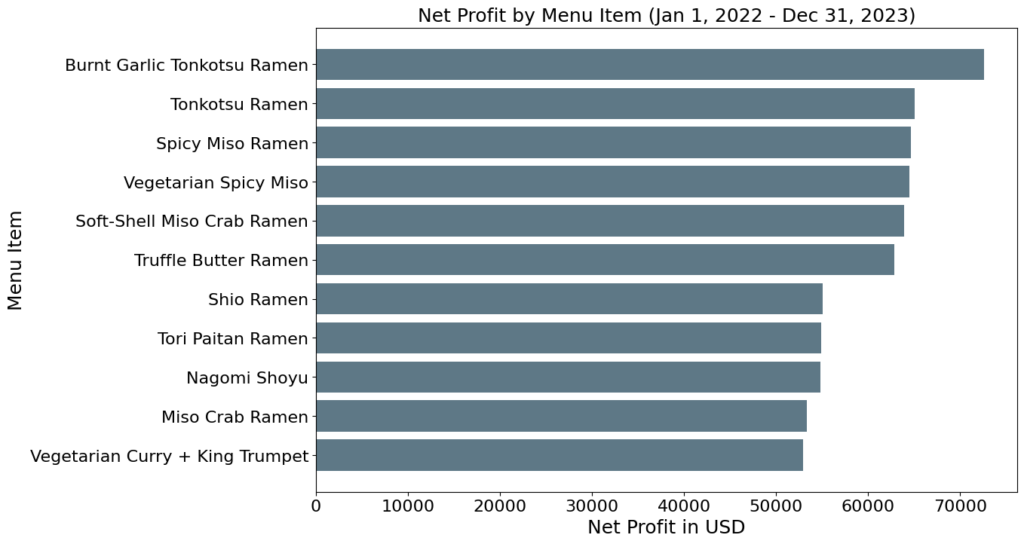
Data Analysis and Visualization
Stratas Data helps you make informed decisions by turning complex information into clear, actionable insights, making it easier to understand trends, identify opportunities, and take confident action.
In this example, a restaurant owner is able to see the absolute and relative net profit of each menu item over two years; this is one example of several analyses and visualizations that can be incorporated into a wider data dashboard. This analysis allows the restaurant owner to make informed decisions about the menu.
Time Series Analysis
Stratas Data helps you forecast future trends by examining how data changes over time, enabling more accurate planning for seasonal shifts, demand fluctuations, and long-term growth.
In this example, an e-commerce site owner is able to see scientifically predicted search trends for his business. Beginning at the top, the predicted range of search trends is shown on the right side of “2020-10.” Second from the top, predicted search trends by day-of-week are shown. Second from the bottom, predicted search trends by day-of-year are shown. At the bottom, predicted search trends by hour-of-day are shown. These scientific predictions allow the e-commerce site owner to plan ahead with the knowledge of when the site will be most and least popular.
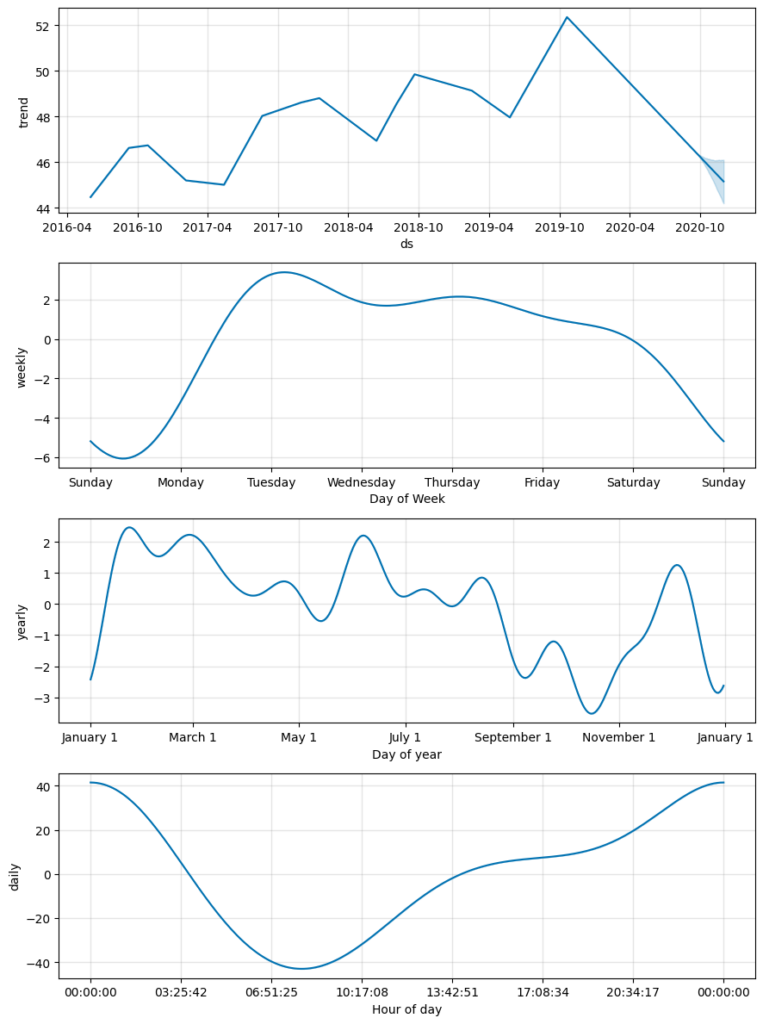
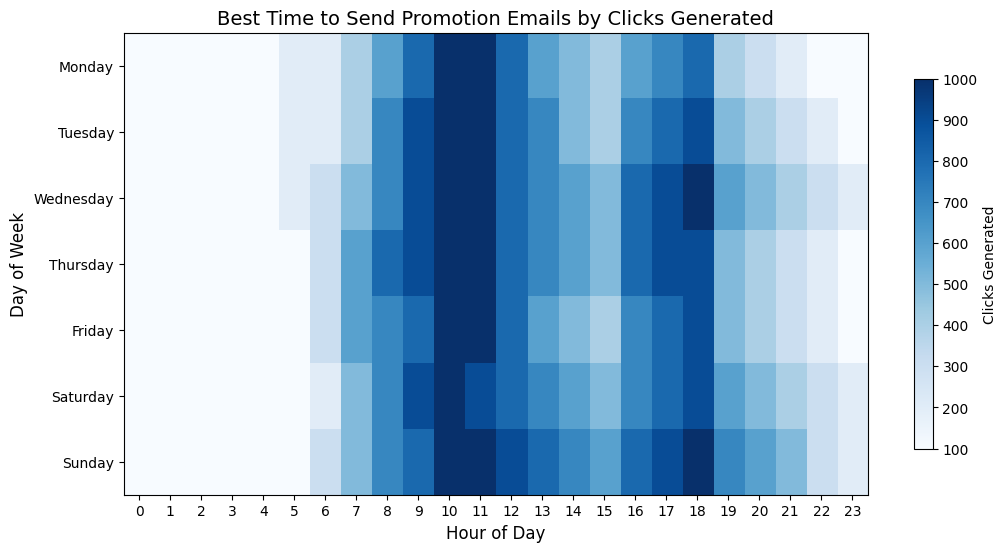
Reinforcement Learning (RL)
Stratas Data enables you to optimize decision-making by allowing systems to learn from trial and error, continuously improving processes like pricing strategies, resource allocation, and customer interactions through real-time feedback.
In this example, the email data of a company is used to train a model as to when is the best time to send a promotional email based on how many clicks emails have generated. A model can also ‘learn’ in real-time by using APIs to continually update its weights based on incoming data. This model allows you to be confident automated promotional emails are being sent out at the optimal time, all the time.
Deep Learning (DL)
Neural Networks (NNs)
Stratas Data uses NNs to equip you to model complex relationships in data, enabling advanced applications like pattern recognition, predictive analytics, and automation in decision-making processes
What’s the difference between this trend forecast and the Time Series forecast above? In the Time Series example, predictions are based on linear relationships, assuming steady patterns over time. However, many real-world patterns are non-linear, like seasonal fluctuations or promotions, which linear models can’t fully capture. The non-linear forecasting model accounts for these complexities, providing you a more accurate prediction by recognizing intricate patterns in the data.

Generative Adversarial Networks (GANs)
Stratas Data uses GANs to take this further by helping you to create realistic synthetic data, such as images or text, which can be used for tasks like enhancing product design, improving marketing content, or augmenting training data for further improving automated processes.
In this example, a model is trained on pictures of polo shirts labelled according to gender and age. As the model trains, the generated images converge with the real images. Once a desired convergence level is achieved, the model can then generate images according to the ‘latent features’ it was trained on. For this example, the model can now generate concept images of polo shirts for boys aged one to three years old that can be used to gauge customer interest.
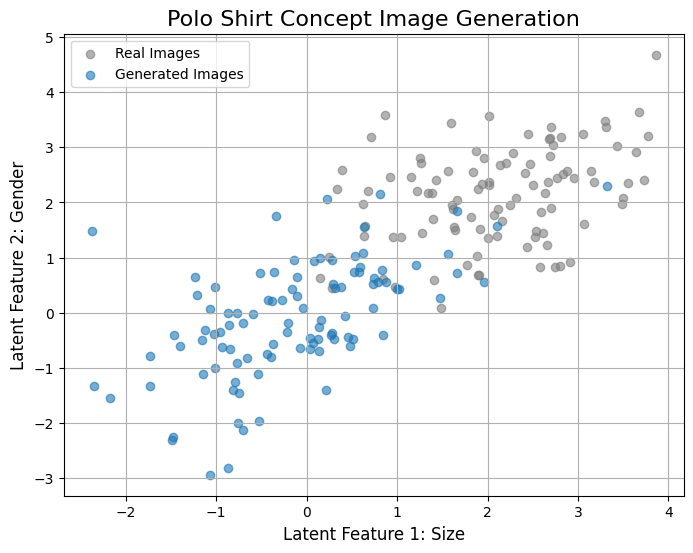
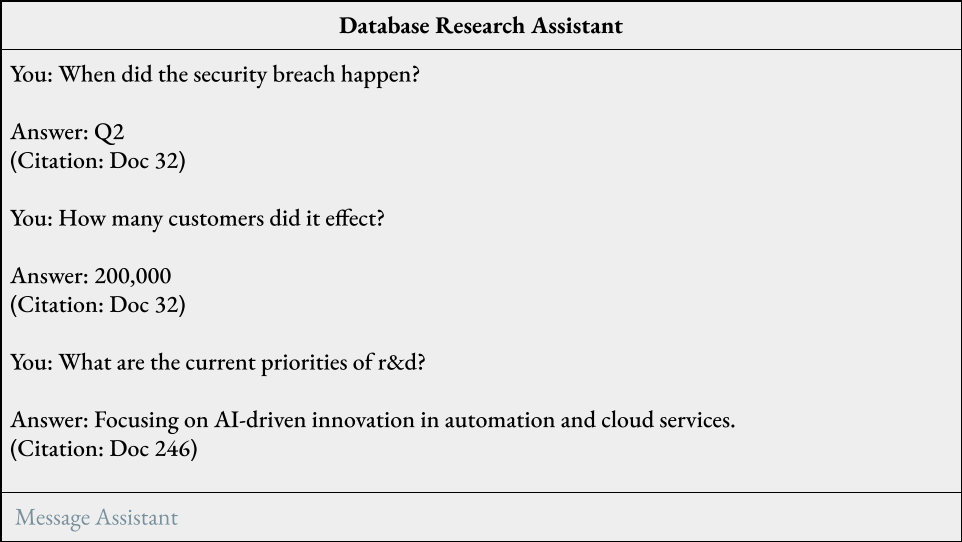
Natural Language Processing (NLP)
Used by Stratas Data and powered by advanced Deep Learning models like Transformers, NLP lets you understand and process human language at scale, enabling applications like chatbots, sentiment analysis, and personalized marketing, improving both efficiency and customer experiences.
In this example, the fine-tuning of a Transformer model is used to create a chatbot for secured internal information. Pre-trained models, trained on billions of text data on the internet, are partially ‘unfrozen’ to allow them to be trained on unseen text data. This can be hosted locally or on the cloud, based on your hardware and security considerations.
Projects
B2N Custom Price Calculator
Great Lakes Regional Analysis
AI-TTS Audiobook Pilot
Message Board Security Classifier (coming soon)
